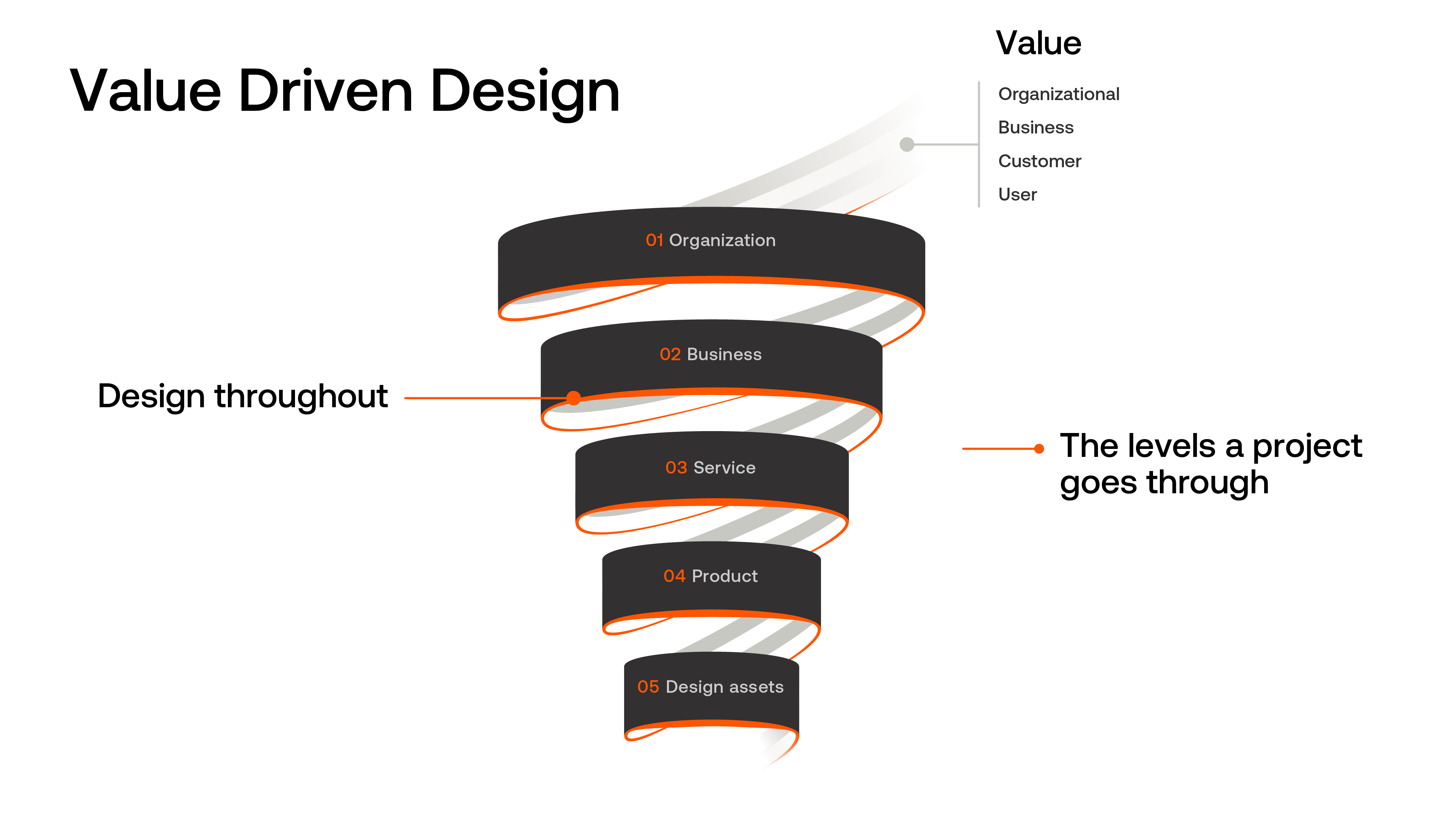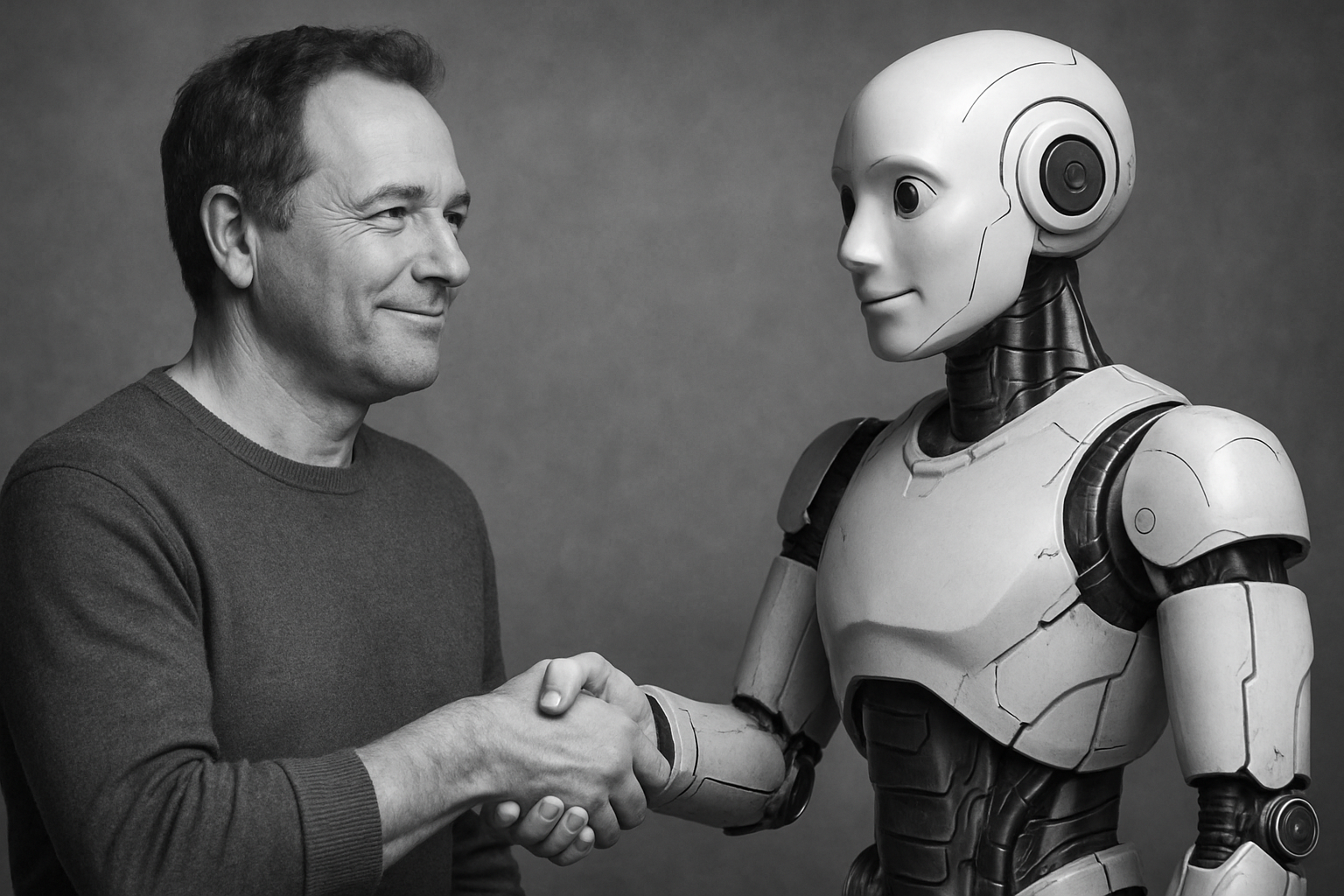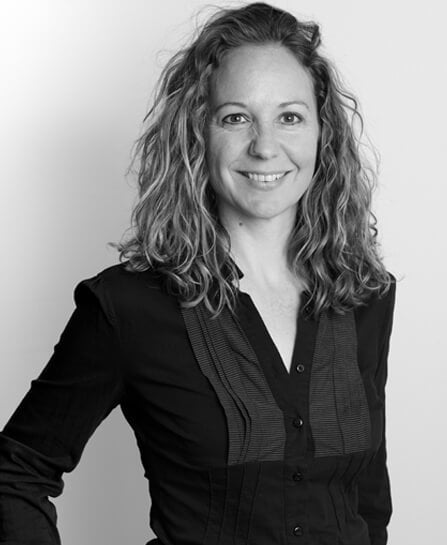In the previous post, Part 5: The Process in Action we covered some operational aspects of the scalable design process. That article demonstrated the Timeless Scalable Design Process in action, focusing on practical management approaches.
The four core phases—Discover, Concept, Detail, Deliver—can be renamed to fit organizational contexts, but their fundamental goals must remain intact. Phases can also be extended with non-design activities or subdivided for larger projects as needed while maintaining the sequential dependencies among the original 4 phases.
In that previous post, we also covered a table-based management tool (that could be implemented in any software tool like a spreadsheet, database, jira etc.) that evolves throughout the project, serving as a design reference, then a project planning tool, afterewards a proposal generator, then a learning resource, and ultimately a design tracking system. This approach makes the design process transparent to non-designers while supporting the iterative nature of design work and enabling process customization without compromising design integrity.
"A small change at the beginning of the design process defines an entirely different product at the end" - Jony Ive
About Value
In this article we cover a specialization on the Timeless Scalable Design Process, developed at Keen Design, called Value-Driven Design (VDD). This is a design framework that shifts focus from building specific features to delivering measurable value to all stakeholders in a product's value network (organization, business, customer, end user, etc.).
By understanding what is valuable to each participant, VDD enables the design team to understand and to guide design decisions and prioritization that create the solution that delivers those stated values.
The key distinction between this and a generic design process is that instead of stakeholders requesting features (“build this”), they articulate desired outcomes and values (“achieve this”), empowering design teams to determine the best solutions to deliver those values. The approach includes a specific approach to metrics that goes beyond usability metrics to become a systematic measurement. Utilizing OKRs (Objectives and Key results) and KPIs (Key Performance Indicators) throughout the design process ensures the intended value is actually being delivered to all involved parties.
Features and requirements
Generic design processes mostly define its products through features and requirements. Yet those features and requirements maybe faulty assumptions. Even requirements are of many different kinds, varieties and priorities.
An example of a requirement that is unimportant, was pointed out by UX Professor and former Head of Global Design for SAP Dan Rosenberg who once said, “If I see a usability problem and it does not cost us any money, I won’t fix it, I have far more higher priorities.”
One of the unpredictable challenges of design is trying to herd the sheep-ish requirements into some coherency, while ferreting out the important ones and prioritizing the rest. How one prioritizes a set of requirements will result in a radically different product of the same requirements prioritized differently. Therefore, prioritizing these requirements to real stakeholder values are essential to a successful product. This prioritization rarely happens without a process and randomly happens with many design processes and always happens in the Value-Driven Design process.
Moreover there are other factors besides requirements that also play an essential role in solution generation, e.g. market, domain, social, legal, and other factors. These factors are easily overlooked without a systematic approach. VDD solves this issue by creating a system of values over the entire stakeholder chain. In the same way that the design process is linear but still has recursive iterations; the value chain in VDD is hierarchical but still allows recursive iterations that flow upward. Moreover, unlike other systems, this value chain is the direct result of not just market research but also includes direct research. This hierarchy of values allows a business or organization to see a button on a screen and trace that button back to a value in their OKRs.
Understanding delivers value
Whereas in traditional UX processes the emphasis is on user research, in Value Driven Design user research is combined with the broader customer research along with internal design thinking research, to present design on multiple levels, which Keen Design has visualized as follows:

This image shows two dimensions: the first dimension is represented by the rotations or iterations in the black ribbon bands showing how different levels of values are determined and transformed in a project. The second dimension are the bands in the ribbon indicating how values from different stakeholders are integrated throughout and drive the entire process.
The ribbon bands display 5 levels of iterations but also hints there maybe others before or after depending on the project. The image’s orange bands connecting both to the next and previous levels also suggest the iterative nature of this value system.
Organizational values
At the start is the organizational level comprising of values both as the metrics representing the goals they want to achieve and their capital ‘V’ values (values in the sense of core or social values) which is how they want to achieve those goals, expressed among other ways but most prominently through a company or organization’s branding. Value Driven Design captures these values using KPIs and design principles and guidelines. KPIs are measurable values that demonstrate how effectively a company or individual is achieving key business objectives or goals. At this level we discover why two banks, for example, can both have identical online banking user requirements but arrive at completely different solutions.
For example, two different banks can have different main KPIs. Like one wants to Maximize profits while another bank is more concerned with Maximizing Customer Acquisition as it emphasizes increasing market share. An example of a Value-driven design guideline could be a principle like “Design for transparency” for a company that values being upfront, clear and honest. An accompanying design guideline could be: “show explicit system feedback.” while a company that values convenience for their customers may have a design principle such as “Design for simplicity, automate routine actions.”
Business values
Subordinate to the Organization values come the Business values. These are the measurable goals that the business wants to achieve. These values are subordinate because a business’s goals should not violate the organization’s values. For example, if the business is a software company maybe their main values include increasing licenses to their base, as well as reaching out to new market segments. These would typically get translated into measurable OKRs.
OKRs, or Objectives and Key Results, are a goal-setting framework linking visionary objectives with specific, measurable key results to track the objective’s progress. An example of an OKR for a software company would be an Objective to “Improve user engagement and product stickiness.” With the supporting Key results being: “Increase daily active users by 25%” or “Achieve 90% feature adoption rate for new product releases.”
Customer values
The next subordinate value level is the Service level. Here the customer is the key, but not exclusive, factor and their values have nothing to do with business values. For example, the fact that a business wants to increase active users is meaningless to the customer. Moreover, the customer’s value could seem like a contradiction: they may want to decrease their IT budget by 25%. But they may also have another value: increase employee productivity by 10%. And an alert designer will already see positive connections: if a user can use more of the software and increase their efficiency this may be fertile ground for a designer to explore.
User values
Especially because the next level, the product level, is when the user is on the main stage, but again not exclusively. Here is the primary UX design level, where actual end-user screen design begins. Until this moment, the sketches, protoypes and other design deliverables were aimed at understanding and visualizing ideas and concepts. At this level, design is aimed at the end user. In order to do that, the designers must understand the mental models of their user groups. The designer then comes up conceptual models that map to the user’s mental model. On this level understanding the end users, their environment, and their larger context is essential to help the designer discover these conceptual models that not just satisfy the user but also realize the business’s and the customer’s key results, while at the same time satisfying other stakeholders top priority requirements. UX metrics that are related to these key results, also become OKR’s and take a higher priority (of course not an exclusive priority) in the evaluation of the design. [If this sounds complex, then I hope you have a greater appreciation for the professional designer.]
From Values to User Stories and Design Assets
On the lowest level there are the design assets, the delivery of the software or digital solution. There the technology mediates these values in their own OKRs and resources. These translate into user stories and expressed in the form of design assets. Assets that are directly used in the developed software. In this way, that one design asset, say a button, can be traced all the back to its business value.
Value and design in a context
The values’s ribbon has purposefully an unclear beginning and an end. First because the scope of this value chain can either expand or contract depending on the context of the project. For example, higher levels of design value is thinkable for complex design tasks where higher levels can be: the market, the culture, the society, and the environment.
Secondly, the software process, whether it produces, systems, services, products or even systems of systems, takes place in a larger context of business and organization strategy and planning. These additional processes should be integrated into the design process as well, but some will still occur before the start and after the finish of design.
Holistically, all processes, as much as possible, should be integrated in the process because design is the glue that communicates among all of these processes. For more information on that, see the section of the place of the Design Process in software creation in our first blog post of the series.
Iteration
This ribbon represents a hierarchy of value. But as in the phases of the design process, subsequent layers of value discovery results in new knowledge, which will revise previously set values. For example, by discovering in user research end users efficiency can be expanded by 30%, a business can change their own goals to increasing efficiency, then a customer seeing this unexpected improvement in the product, realizes this can be an exception to their OKR to cut spending on IT and well be worth adjusting their OKR’s.
This iterative nature suggested in the ribbon’s division into 4 sections for the organization, business, customer and user values. Understanding and strategizing these values drives the Value Driven Design process. All these values are considered throughout the process, for example, an organization will have some understanding of the customer and the user as they set their OKRs; consequently, as they learn more about the customers and users, these OKRs get refined and more effective and realistic.
About Design
The phases in the design process of Value Driven Design are also specializations of the generic timeless scalable design process. These processes are visualized by Keen design with the following visualization:

Because Keen is a design company with clients, we cannot always anticipate when we are going to be first involved. Ideally it will be in the first phase, but that is not always true, so we need to have a process that supports jumping in at a moment’s notices without slowing down the process.
The names of our design processes also are different, and I explain the differences below.
The number of phases
We added two phases we feel are particularly important and relevant to a business agency environment but can also be relevant to internal teams as well: adding an implementation phase that is distinct from just delivering assets, as the Deliver phase generically represents. Instead, we see this split with the initial delivery of assets when we observe not just how the users or the market reacts, but also how they behave in the living technology during sprint reviews.
In this observation phase there is also much design refinements, which is why we call this phase Observe. Because in implement the design work is not necessarily completed but substantially stabilized. In this version of the implement phase, with a stabile design, most of the gnarly problems have been addressed, and only minor and occasional refinements are needed as needs of the developer, user and market continue to grow even during implementation.
However, with the thorough groundwork already done there are little surprises so a smaller and less intense design presence is required for his phase which can last for a very long time. Its logical end is when the OKRs have been met. But included are the longer-term objectives and KPIs which can continue to drive new values, new value-based requirements and new designs. but then needs to be iterated based on development issues, new developments in the domain or market, etc.
In reality, the end comes more because, to paraphrase Horst von Rittel, we run out of time, or budget, or patience. Finally stakeholders agree: ‘That’s good enough,’ or ‘This is the best we can do with in the limitations of the project’ or ‘We like this solution,’” etc.
And lastly, we also added a Reflect phase. This reflect phase has two parts: it is a review for the client as to what went well and what lessons were learned, and how they can mature in both their UX and design awareness. The other part of Reflect is for Keen as a design company to harvest project knowledge and have that shared within the company. This knowledge includes new activities and new methods, or refinements that were experienced in the project.
The Golden Circle
We also added another visualization of the design process steps as a golden circle because the entire design process occurs on every level of the value chain.

This visualization of the process is meant to represent a slice taken from a level of our value chain.
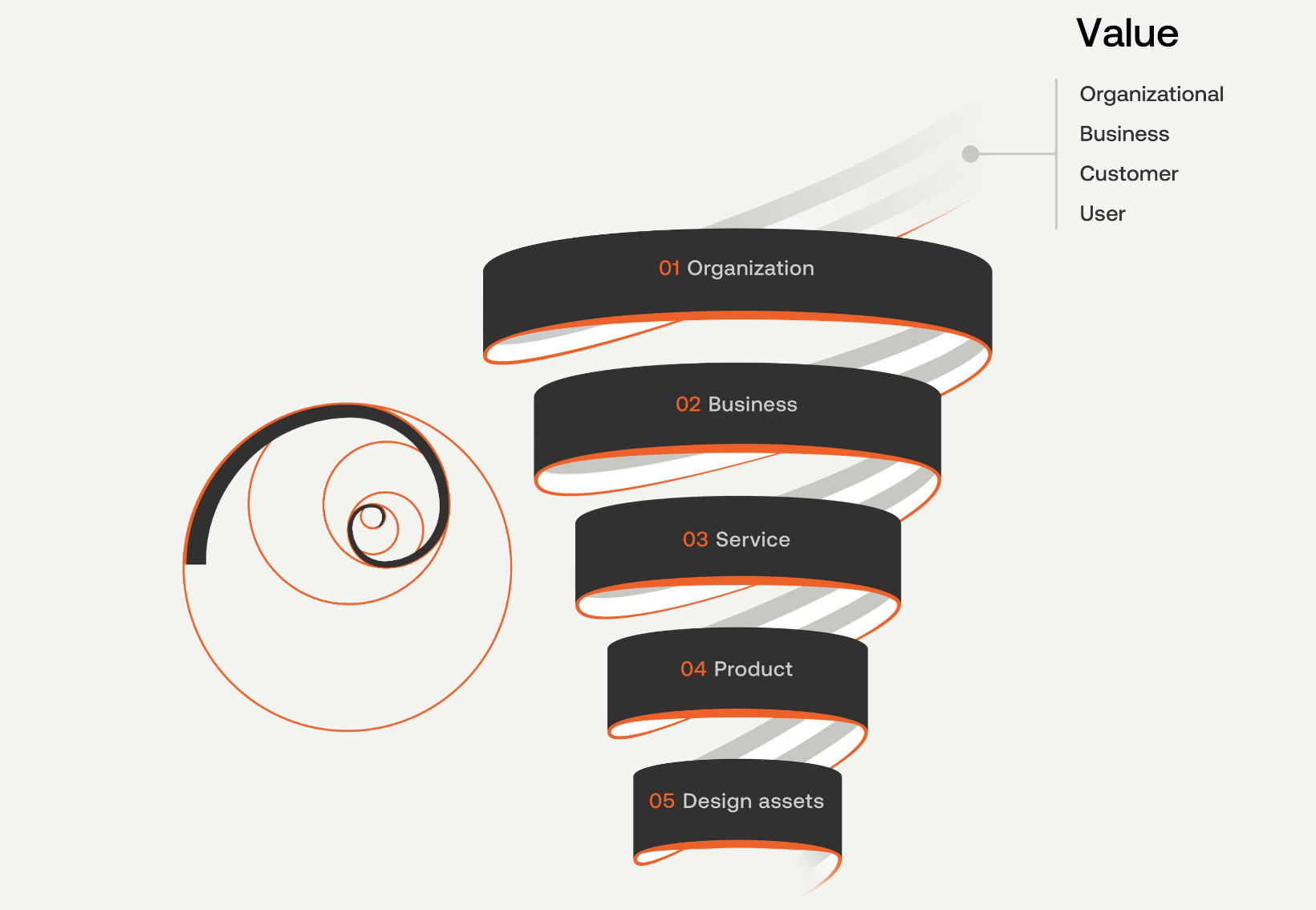
So that we see how Value Driven design is based on multiple iterations of the design process, the number depending on the value scope.
Design levels up
Value-Driven Design represents a fundamental evolution in how design teams operate, transforming the traditional feature-request dynamic into a strategic value-delivery partnership. By creating a hierarchical system of values spanning from organizational OKRs and KPIs down to individual design assets, Value Driven Design ensures every design decision can be traced back to measurable business outcomes while maintaining focus on user and customer needs.
The framework's systematic use of OKRs and KPIs throughout the design process creates unprecedented transparency and accountability, allowing design teams to demonstrate their impact in business terms while empowering them to innovate solutions rather than simply execute requests. The iterative nature of the value chain means insights from user research can influence business strategy, creating a true feedback loop between design discovery and organizational objectives.
The significance for both communities is profound: VDD finally bridges the persistent gap between design and business strategy, making design measurably accountable to business outcomes while ensuring user value remains central. In an era where design's seat at the strategic table is still being earned, Value Driven Design provides the framework to not just claim that seat, but to prove design's essential role in driving organizational success. And to quote one of our customers, “You're so great at connecting the business strategy to that one button on that one screen.”
===
To find our more about Value Driven Design we have created a landing page on the subject and invite you to discover more about what we feel is a superior way to run your design projects. We are also available to discuss how can you best implement Value Driven Design in your organization.
